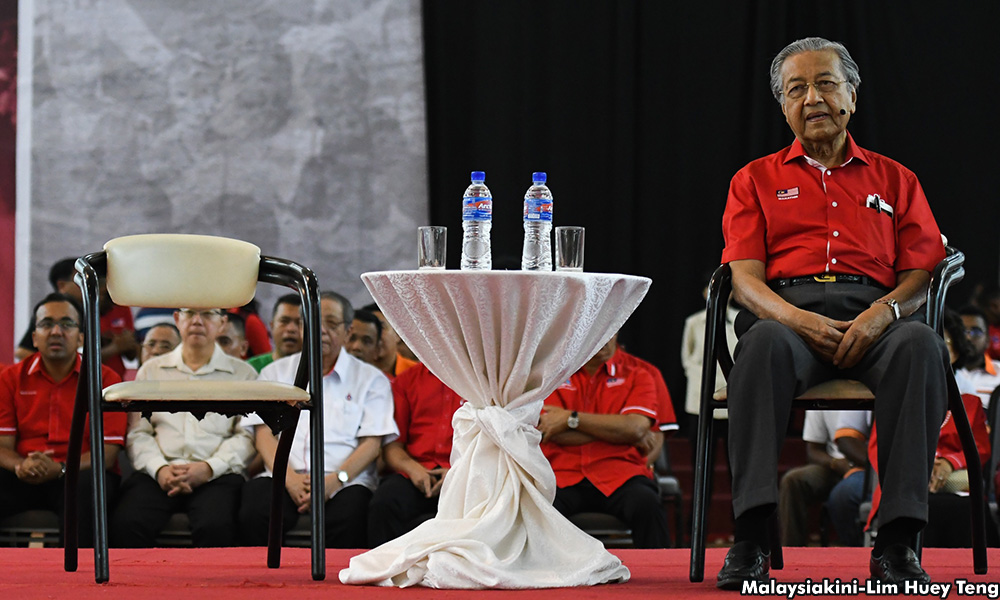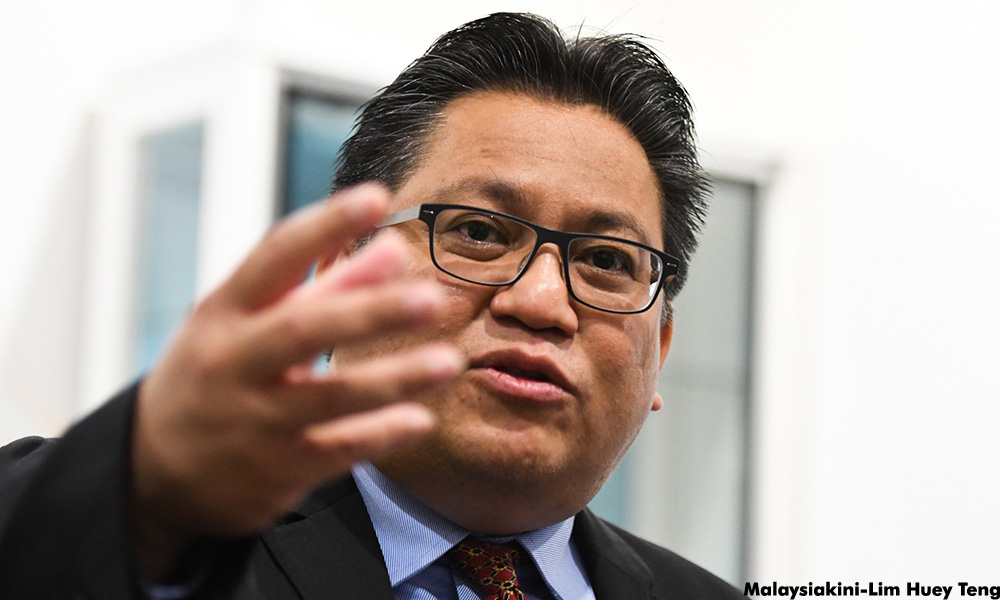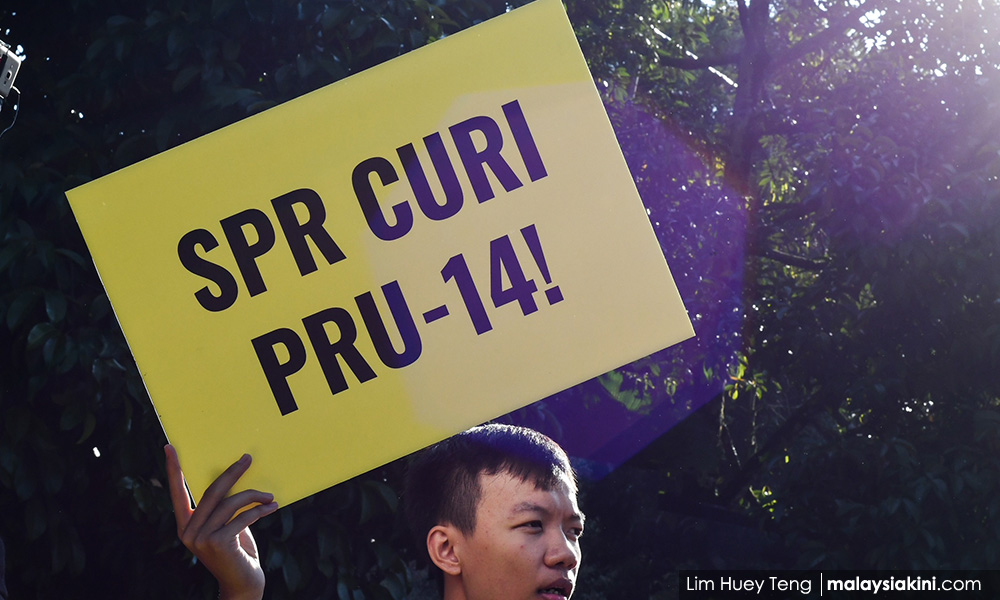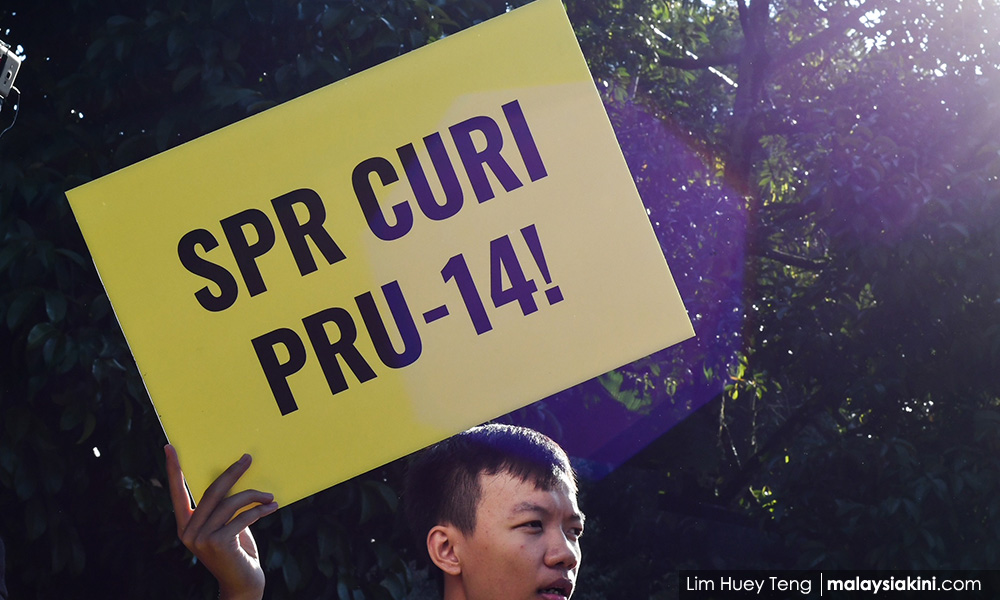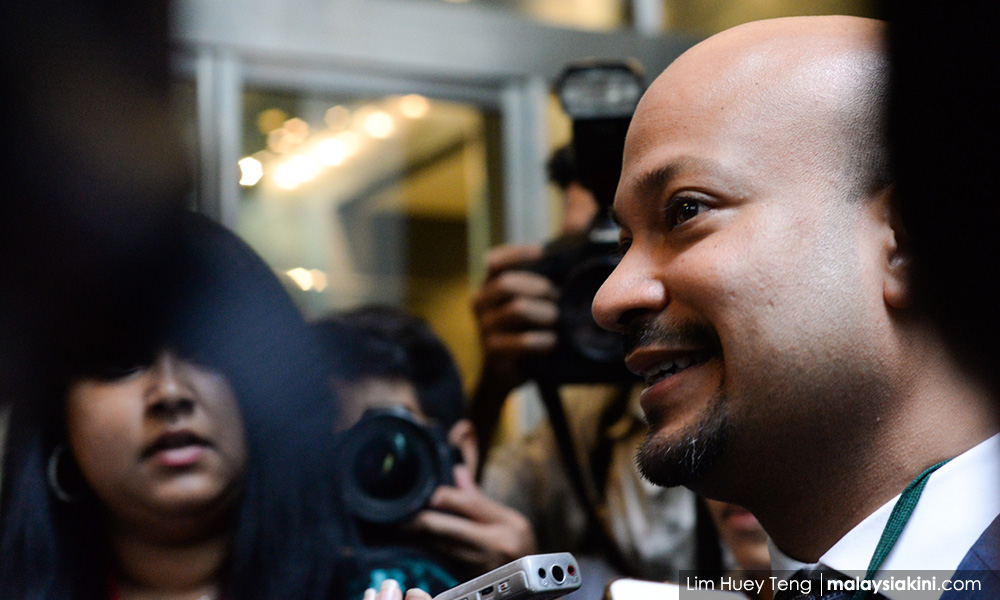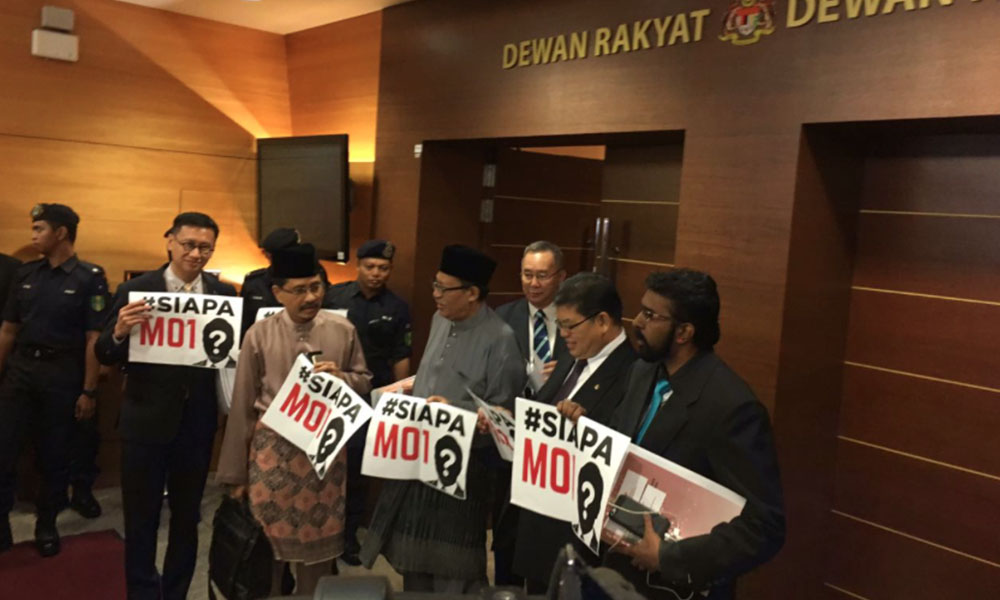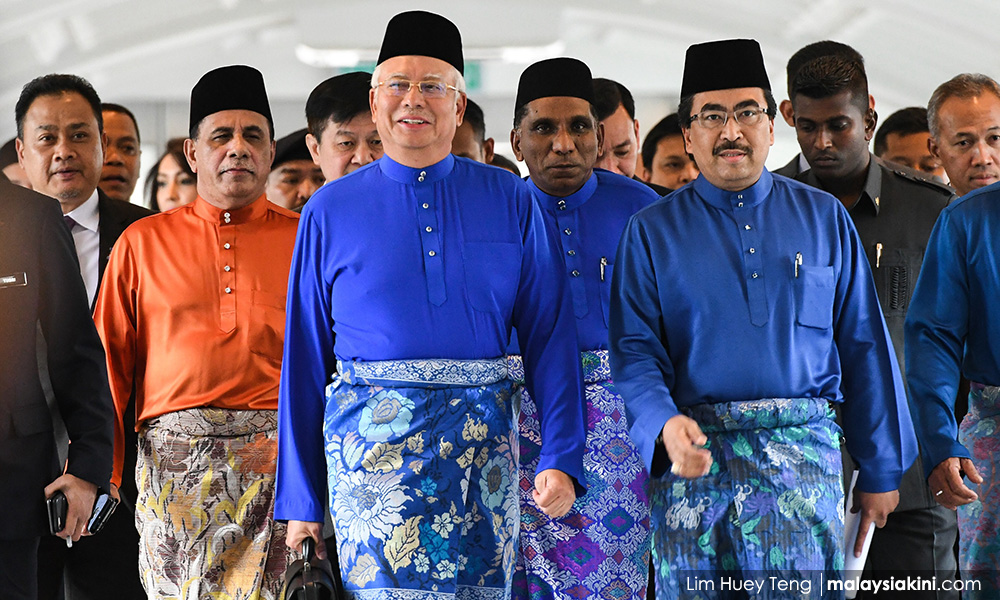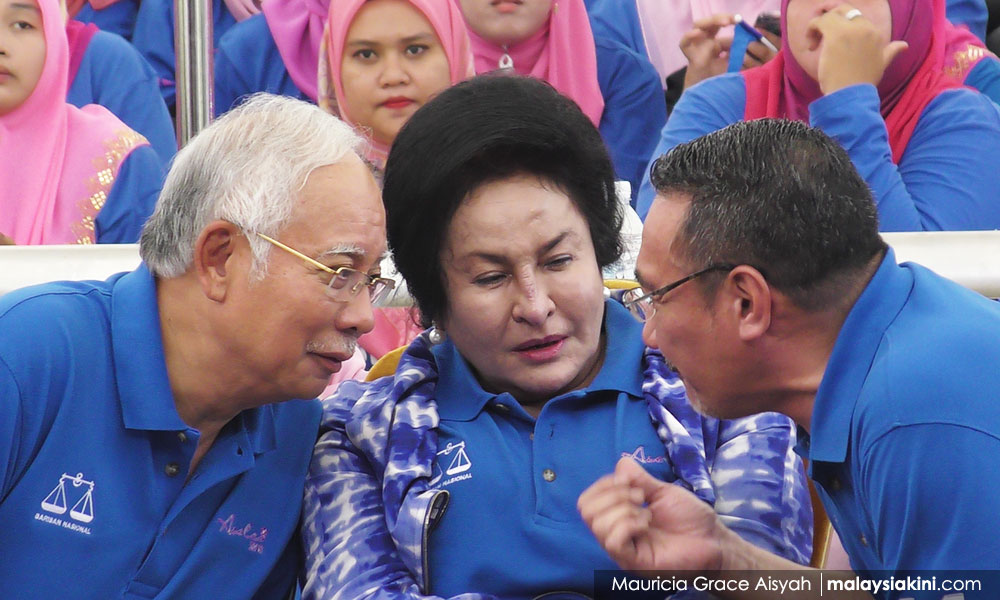– Wong Chin Huat, August 12014.3,
Chinese-medium schools – or vernacular schools in general – are the most convenient object of demonisation in the debate on nation-building. In the eyes of their harshest detractors, they are simply anti-national.
Therefore, the continued existence of the Chinese- and Tamil-medium schools is often seen as a mistake of the government, a sign of its generosity or both.
The keyword here is “tolerance” – their wrongful existence is tolerated only because it is part of the Merdeka compromises.
The tolerance even has a built-in “sunset” mechanism, that is, phasing out of the “vernacular” schools via long-term negligence and deprivation, as informed by the “ultimate objective” of creating a single Malay-medium education stream underlined by the 1956 Razak Report.
Chip in communal bargaining
And often, many would call to bring forward the end to this tolerance. Some do it in the name of national unity. Others are more upfront, presenting it as a threatening posture in communal bargaining.
For example, in the midst of the Teluk Intan by-election, DAP candidate Dyana Sofya Mohd Daud’s call for UiTM to be open to all Malaysians was met with Isma’s “quid pro quo”: “if DAP can question UiTM, then Isma can question Chinese vernacular schools.”
More classically, Perkasa told the three Pakatan Rakyat state governments to close down the “vernacular” schools if they wanted Bible to be in the Malay language.
What has the existence of schools in minority languages got to do with inclusive enrolment in university (where language is not a point of contention at all) or inclusive of the national language? Nothing.
For Isma, Perkasa and many of their quite supporters, the point here is not about making any point in common sense.
The point is to see the continued existence of multi-stream education as a communal concession by the ethnic majority to the ethnic minorities. Never mind that the Malay Bible is read by Christian Bumiputeras in Borneo, and not Chinese or Tamil.
For the Malay-Muslim nationalists, Christians Bumiputeras, Chinese and Tamils are just minorities threatening the rights of Malay-Muslims. Never mind that it was Malaya and Singapore which lobbied Sabah and Sarawak to form Malaysia.
To them, unless the ethnic minorities agree to the elimination of mother-tongue education, nothing that contributes to or is provided by the perpetuation of “Malay dominance” under Umno’s one-party state should be changed, be it UiTM, the “Allah ban”, Bumiputeraism or electoral manipulation.
Will the likes of Isma and Perkasa shower the ethnic minorities with love and will national unity descend upon Malaysia once the minorities are linguistically assimilated? I’ll leave it to you to find your answer.
Can multi-stream education be a national asset?
The more interesting question I would like to invite you to investigate is: can multi-stream education be beneficial to all Malaysians?
So far, the paradigm is to treat the existence of schools in minority language as a communal right of the ethnic minorities.
This means its continuity depends on the minorities’ demographic strength and political clout, for it does not benefit at all the ethnic majority. So, the Chinese and Tamil schools can perhaps be closed down when the proportion of their native speakers is halved or quartered.
“Yeah, what’s good to have Chinese-medium schools so that the Malay kids can go there and learn Chinese?”
Let’s leave that question aside first and deal with the issue more generically. Multi-stream education poses two potential problems to national integration: diversity and segregation, two different matters which are often mistaken as one if we are intellectually lazy.
Will the streaming of secondary school kids into science, arts and vocational learning undermine the youth’s integration? Will breaking down of universities into dozens of disciplines undermine the intelligentsia’s integration? Will the provision of various sport facilities undermine the integration of the athletic community?
If not, why should the streaming of schools by language undermine national integration? What’s in languages that its diversity is inherently dividing? Does learning a language prevent us from learning another language?
If some of our kids want to learn Korean because of with K-pop, while other kids do not, and for this, they go to different schools, will our society be torn into two by the Korean language?
While you may not be allowed to profess more than one faith, speaking a few languages is common. Hence, if linguistic diversity can divide society and should be suppressed, then logically, religious diversity must first be suppressed, and secularism must be outlawed even just as an idea.
Integration of streams? Integration within streams?
It should be clear to us now that the fear of linguistic diversity – people having different skill sets in language – will tear society apart is intellectually unsubstantiated. What about segregation then?
Segregation can potentially be a threat if it contributes to “reinforcing cleavages”, resulting in highly mono-ethnic schools, and language becoming an ethnic marker.
So, how to prevent segregation? We have two policy options.
The first policy option is “integration of streams”. This is the “ultimate objective” in the Razak Report. Interestingly, the oft-cited model is Singapore, which many Razak’s fans may not be fond of – where ethnic languages are offered as one single subject for native speakers.
Obviously, this policy option aims to not just prevent segregation, but also to suppress diversity. You cannot learn in your preferred language. The state has decided for you which language is the best medium and you bear the cost if you cannot adapt to the environment.
The second policy option is “integration within streams”. This means, schools need not be same with each other, but each school should be ethnically integrated where possible. This is not promoted in any way by our policy but we can find a successful example in the now defunct English-medium schools.
Did most kids from all ethnic communities go to the English-medium schools? No, English-medium schools were rather elitist and urban, at least by circumstance.
Were the English-medium schools ethnically mixed? Yes, with the exception of Kuala Kangsar Malay College and a few others. They contributed to “cross-cutting cleavages” that hold society together.
Were the English-medium schools then a threat to national unity by creating a small segment of population that spoke a language different from the rest?
Now, which of the three streams resembles the most the defunct English-medium schools in term of ethnic mix? Here are the figures: today, Chinese-medium schools have as many as 13% of non-Chinese in pupil population when Malay-medium schools have 6% non-Bumiputera and Tamil-medium schools less than 1% non-Indians.
So, demographically speaking, the Chinese-medium schools are the most “national” ones. Why are they blamed for dividing the nation?
One set of figures commonly used to justify the blame is the enrolment rate of Chinese children in Chinese-medium schools, which rose from 75% in 1972 to 92% in 2000 and 96% in 2011.
But what do these two sets of data tell us about the Chinese-medium schools and the national education policy in integrating our students?
It says the chosen Policy Option 1 “Integration of streams” has failed miserably – increasingly many Chinese parents send their kids to Chinese-medium schools despite the marginalisation and stigmatisation of these schools.
It also says the unchosen Policy Option 2 “Integration within streams” has succeeded somewhat – the Chinese-medium schools have attracted more non-Chinese parents to send their kids there compared with the state-preferred Malay-medium schools.
Where do we go from here?
Granted, the degree of ethnic mix in the Chinese-medium schools, with only 13% non-native students, is far from satisfactory. Certainly, we should encourage all streams to aim for and even compete for multi-ethnic enrolment.
We can even agree to disagree or debate further if “national integration” should outweigh “national identity” as the policy goal.
But to insist that more efforts to marginalise and stigmatise the Chinese-medium schools will aid national integration seems only an intellectual position that is incompetent, dishonest or both. – August 13, 2014.
– See more at: http://www.themalaysianinsider.com/opinion/wong-chin-huat/article/can-chinese-medium-schools-be-national#sthash.yVY1vgkt.dpuf





